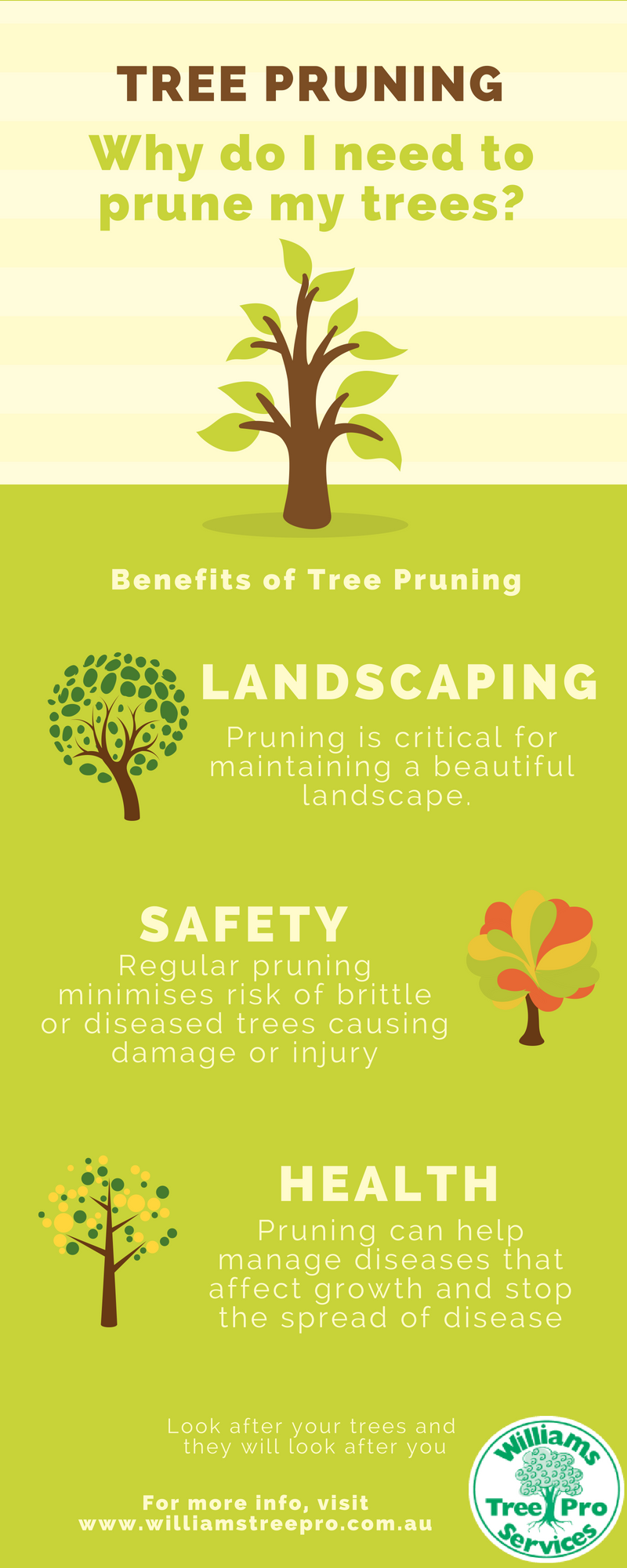Post-Tree Removal Support: Exactly How To Efficiently Restore Your Landscape
Post-Tree Removal Support: Exactly How To Efficiently Restore Your Landscape
Blog Article
Authored By-Graham Deal
After a tree's elimination, your landscape might look fairly various, and it's necessary to examine the aftermath very carefully. You'll intend to review the dirt disruption and inspect surrounding plants for any type of indicators of tension. Ignoring these factors can bring about bigger issues down the line. So, what should https://medium.com/@precisiontimberfelling do with those stumps and origins? And exactly how do you choose the very best plants for your revitalized room? Let's check out these crucial steps.
Assessing the Consequences: Evaluating Your Landscape
After a tree removal, it's important to examine your landscape to recognize the impact it carries your lawn.
Begin by examining the location where the tree stood. Try to find signs of dirt disruption, and examine the surrounding plants for any kind of stress or damage.
You ought to likewise keep in mind of how the removal has actually altered sunlight direct exposure and airflow in your yard. This shift can impact the development of nearby plants, so it's important to assess their health and wellness.
Think about the visual elements also; the elimination may develop an open space that you can upgrade.
Lastly, consider Prune Christmas Tree of prospective erosion problems that might occur from the tree's lack. Attending to these factors early will assist restore balance to your landscape.
Handling Stumps and Origins: Options for Elimination
When you've examined the consequences of the tree elimination, you'll likely need to tackle the stump and roots left.
You have a few choices for removal. One efficient method is stump grinding, where a specialist uses an equipment to grind the stump to below ground level. This method leaves marginal disturbance to your landscape.
If you like a DIY technique, you can make use of a mix of digging and chemical stump removers. Simply keep in mind, this process can require time and initiative.
Additionally, take into consideration leaving the stump as a natural feature, which can work as an unique yard component or habitat for wild animals.
Whatever you choose, resolving the stump and origins is essential for recovering your landscape.
Choosing the Right Plants for Your New Area
As you assess your recently removed area, choosing the right plants can considerably improve your landscape's appeal and performance.
Start by taking into consideration the sunlight and soil conditions. For warm locations, go with drought-resistant plants like lavender or succulents. In shaded places, ferns and hostas thrive well.
Think of the dimension and growth habits of your plants; mix perennials and annuals for seasonal range. Do not fail to remember to include native varieties; they require much less upkeep and support local wildlife.
Team plants in strange numbers for a much more all-natural appearance and produce layers for aesthetic depth.
Lastly, guarantee you have a mix of shades and appearances to keep your landscape vivid throughout the seasons.
Pleased planting!
Conclusion
To conclude, recovering your landscape after tree elimination is a fulfilling process. By analyzing the after-effects, addressing stumps and roots, and picking the right plants, you'll create a flourishing atmosphere. Don't fail to remember to include erosion control procedures to shield your dirt. With a little initiative and treatment, you can change your area right into a dynamic garden that improves your home. Welcome the chance to rejuvenate your landscape and enjoy the elegance of nature right in your backyard!
